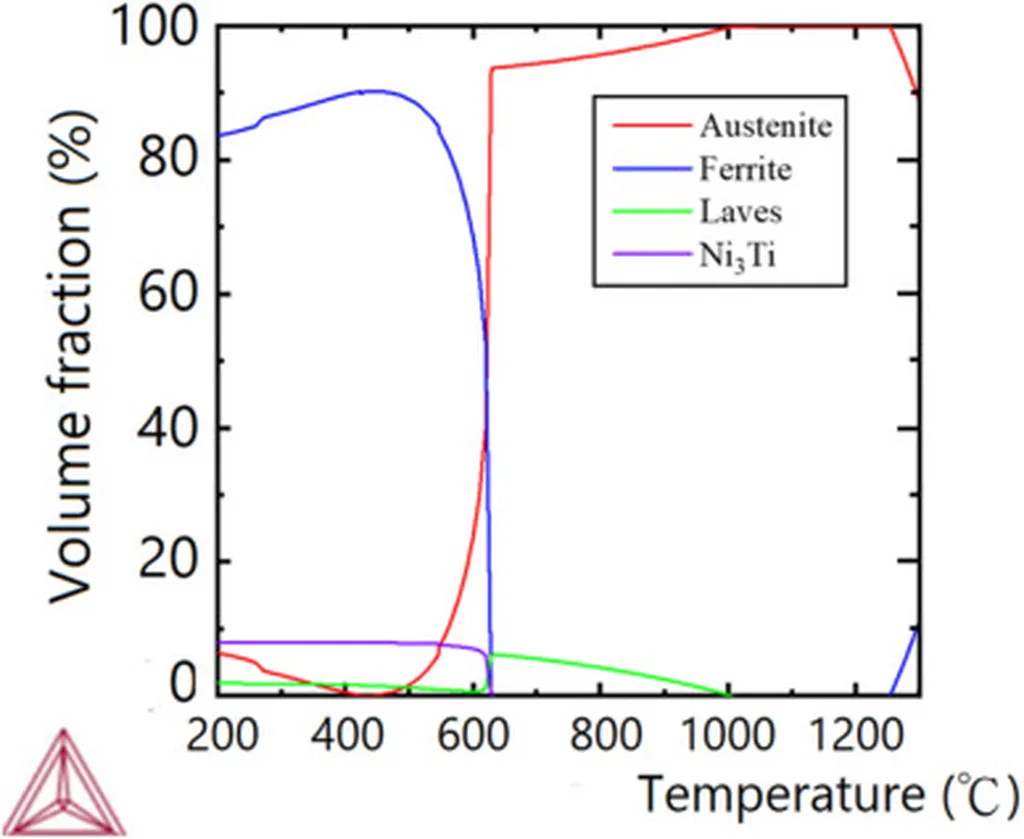In the quest for stronger, more resilient materials, researchers have made a significant stride that could reverberate through the energy sector. A recent study led by Qian Yu from the State Key Laboratory of Digital Steel at Northeastern University in China has uncovered how tweaking the austenitizing temperature of medium carbon spring steel can dramatically enhance its mechanical properties. This research, published in the journal “Materials Letters: X” (translated as “Materials Letters: New”), offers promising insights for industries where durability and strength are paramount, such as in the production of high-performance springs and other critical components.
The study focused on the effect of reducing the austenitizing temperature from 900°C to 860°C on the microstructure and mechanical properties of medium carbon spring steel. The results were striking. By lowering the temperature, the researchers refined the prior austenite grain size from 8.8 micrometers to 5.3 micrometers, reduced the martensite block thickness from 0.9 micrometers to 0.7 micrometers, and increased the fraction of high-angle grain boundaries (HAGBs) from 70% to 76%. These microstructural changes led to a notable improvement in the steel’s yield strength, which rose from 1563 MPa to 1648 MPa, and its total elongation, which increased from 9.3% to 9.7%.
Qian Yu explained, “The key to our findings lies in the crystallographic variant analysis. We observed increased boundary densities for specific variant pairs in the sample austenitized at 860°C, which contributed to the enhanced mechanical properties.” This detailed analysis revealed that reducing the austenitizing temperature not only refined the grain structure but also altered the crystallographic variant pairs, leading to a more robust material.
The implications for the energy sector are substantial. Medium carbon spring steel is widely used in various applications, from automotive components to industrial machinery. Enhancing its strength and ductility can lead to more reliable and long-lasting parts, reducing maintenance costs and improving overall efficiency. “This research provides a pathway to optimizing the performance of spring steels, which are crucial in many energy-related applications,” Yu added.
The study’s findings could pave the way for future developments in materials science, particularly in the design and manufacturing of high-performance steels. By understanding how austenitizing temperature affects microstructure and mechanical properties, engineers can fine-tune their processes to produce materials tailored to specific needs. This could lead to innovations in various industries, from automotive to aerospace, where the demand for stronger, more durable materials is ever-growing.
As the energy sector continues to evolve, the quest for materials that can withstand extreme conditions and deliver superior performance remains a top priority. The research by Qian Yu and colleagues offers a valuable contribution to this ongoing effort, highlighting the importance of microstructural control in achieving enhanced material properties. With further exploration and application of these findings, the future of medium carbon spring steel—and the industries that rely on it—looks brighter and stronger than ever.

